The countdown continues for the launch of NASA’s Artemis I mission, the first step towards returning humans to the Moon.
The Artemis I launch will be the first time a rated spacecraft has been sent to the Moon since Apollo 17, almost 50 years ago.
The mission is the first ever launch of both the Space Launch System (SLS) rocket and the Orion crew module that will carry future crews to the Moon.
Read more about the Lunar Gateway, the Orion spacecraft and the Artemis I CubeSats.

Artemis I was initially intended to launch on 29 August 2022, but the launch was scrubbed after a problem with Engine 3 of the SLS.
Artemis I had initially been supposed to launch even earlier this year, and was rolled out to the launch pad, but a string of problems found during testing meant it was returned to the Vehicle Assembly Building for repair.
When will Artemis I launch?
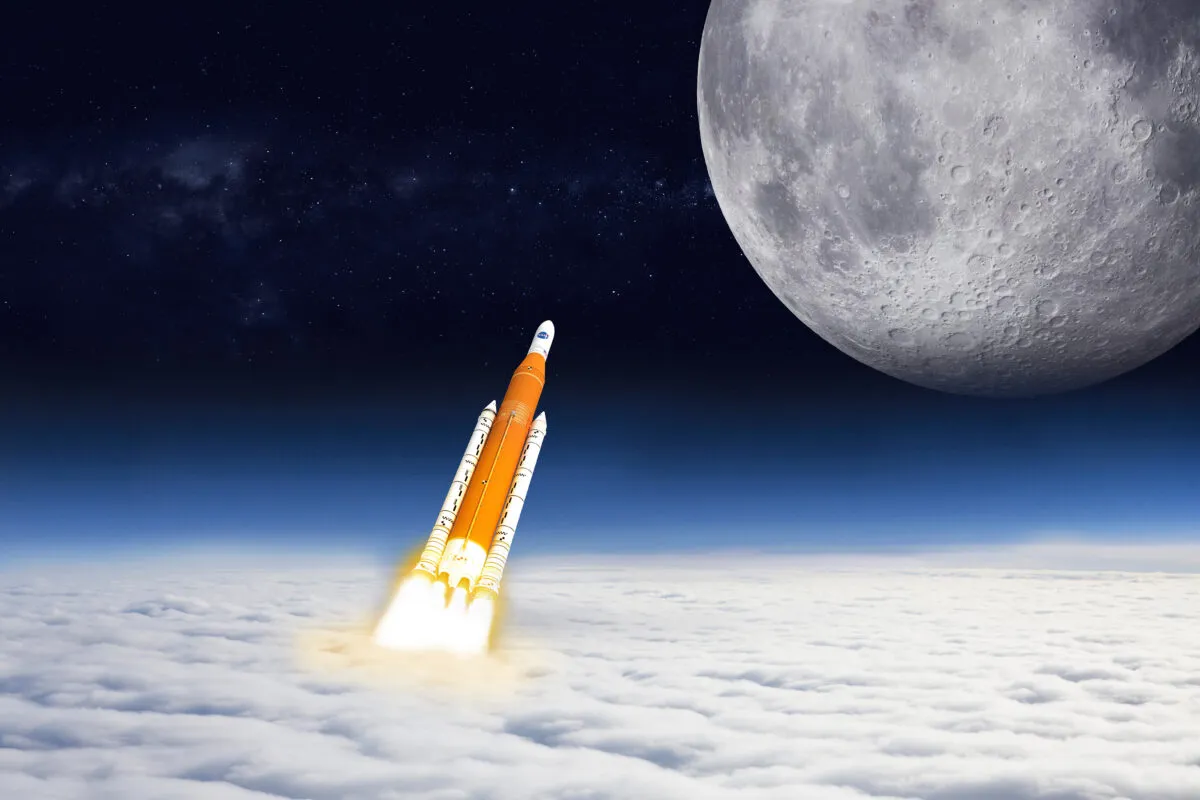
NASA has said that the Artemis I mission will launch on 16 November 2022 during a launch window that opens at 01:04 EST (05:04 UTC).
The launch of the Artemis I flight to the Moon will visible for a short while along the so-called Space Coast and parts of the US state of Florida.
Fears surrounding Hurricane Nicole, which hit Florida on 10 November 2022, have been dismissed by NASA, who said "teams have conducted thorough assessments of the rocket, spacecraft, and associated ground systems and confirmed there were no significant impacts from the severe weather."
"The SLS rocket and Orion spacecraft arrivedat Kennedy’s Launch Pad 39B onNov. 4 androde out the storm there."
As of Tuesday morning, 15 November, it seems like this week we could finally get to see the first launch of NASA's new programme to return humans to the Moon.
Where to watch the Artemis I launch online
You can watch all the briefings and the action running up to the event - and the launch of Artemis I itself - via NASA TV in the window below.
Previous Artemis I launch attempts
The announcement of the 16 November launch window follows the scrubbing of a launch attempt on 27 September 2022, due to concerns over tropical storm 'Ian'.
That launch scrub marked yet another delay in the launch of NASA's new lunar-orbiting rocket, which is part of the Artemis programme to return human beings to the surface of the Moon.
Hydrogen leaks were among the reasons for previous launch attempts having been cancelled, but the last attempt was scrubbed because of a tropical storm developed into a hurricane and batter Florida's coast in September.
On 21 September, NASA announced that objectives had been met during a cryogenic demonstration test, and that other safety checks had been made, including successful troubleshooting of a fix to a hydrogen leak that occurred during a previous launch attempt.
This had left many hoping that 27 September would indeed see Artemis I launch, as the mission has seen previous attempts cancelled over safety concerns.
A launch of the new mission to the Moon had been planned for 3 September, but engineers spotted a hydrogen leak in a section linking the liquid hydrogen fuel feed line and the Space Launch System (SLS) rocket.
NASA said that it would "forego additional launch attempts in early September."

The rocket and spacecraft were then rolled back into the Vehicle Assembly Building to reset the system's batteries before a new launch attempt could be scheduled.
That news followed a cancelled launch attempt that occurred on Monday 29 August.
A few issues had occurred during that 29 August launch attempt, including teams being unable to sufficiently cool the spacecraft's four RS-25 engines, engine 3 exhibiting higher temperatures than the others.
A hydrogen leak was also detected on the tail service mast umbilical quick disconnect.
Further launch opportunities are expected between now and 4 October, but currently 27 September is being eyed as the next time NASA will attempt to launch Artemis I.
Artemis I has to launch during these times to ensure it reaches the Moon without being ‘eclipsed’ by longer than 90 minutes at any point during the journey.
Where is the Artemis I launch?
Artemis I is launching from the Kennedy Space Center in Cape Canaveral, Florida, USA.
The Space Launch System will be taking off from launch pad 39B, the same place where all of the Apollo lunar landing missions left Earth.
The rocket and Orion spacecraft were assembled together into what’s called the stack in the nearby Vehicle Assembly Building.

It was first taken to the launch pad back in March 2022, but was returned to the VAB in July for repairs.
It was rolled out for what should be the final time on 18 August.
Each time, it took around 10 hours to complete the 6.4km journey on top of NASA’s Crawler Transporter – an enormous machine weighing three million kg with a top speed of just 1km/hr.
How long will Artemis I take to get to the Moon?
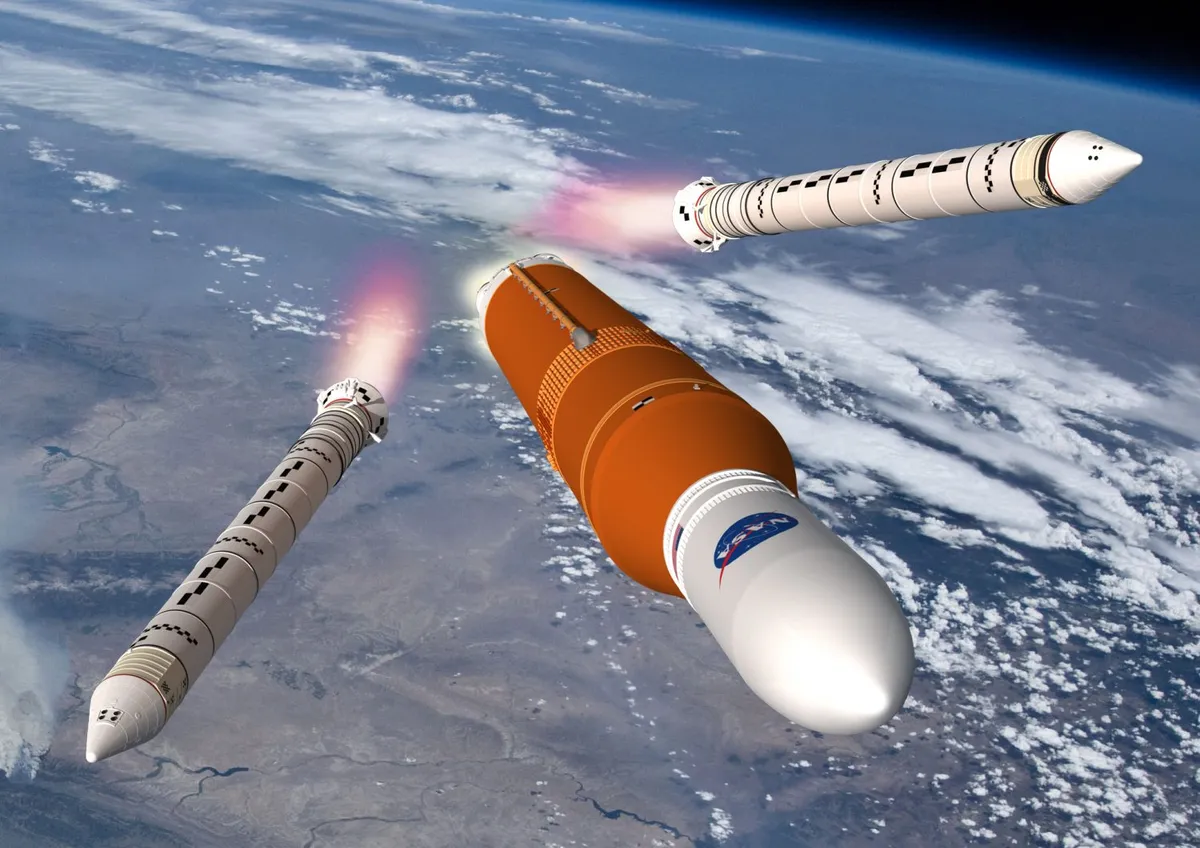
After launch, Artemis I will first enter Earth orbit.
Once all systems have been checked out, the upper stage, known as the Interim Cryogenic Propulsion Stage (ICPS) will conduct its trans-lunar injection burn, propelling Orion towards the Moon.
Burn completed, the ICPS will deatach, and Orion will spend the next week or so traveling approximately 385,000 km to the Moon.
It will enter into a retrograde orbit – moving in the opposite direction to the Moon’s spin – that comes 97km from the surface at closest approach before travelling out 64,000km from the far side of the Moon, beating the previous distance record set by Apollo 13 by 48,000km.
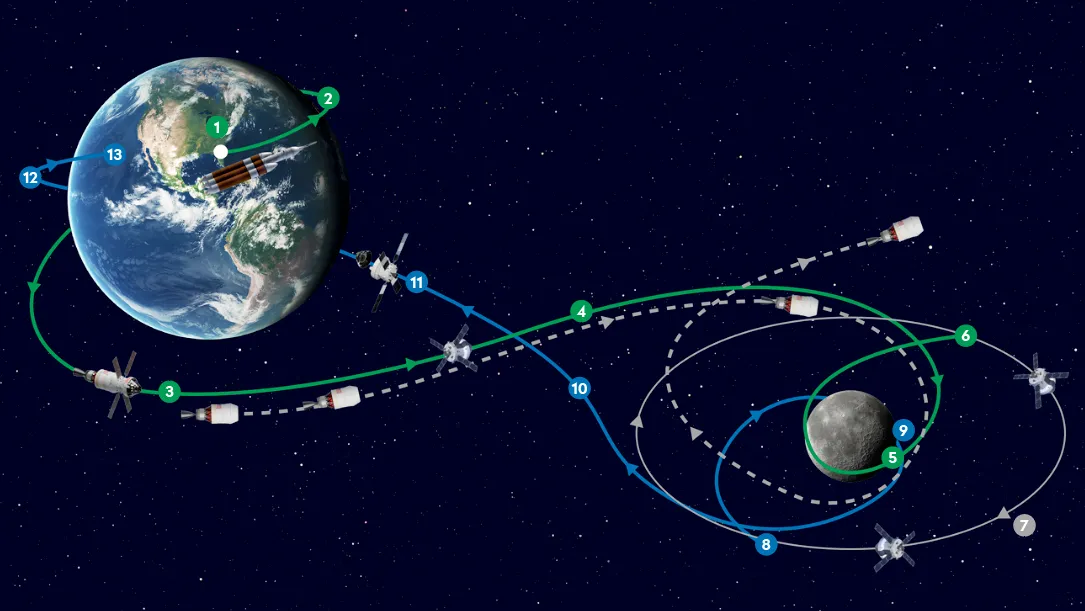
- Artemis I launches from Kennedy Space Center, Florida
- The spacecraft enters low-Earth orbit and deploys the solar array
- Separation of Orion from rocket. Propulstion stage takes dotted grey line to a disposal orbit around the Sun
- Trans-lunar injection propels the Orion spacecraft towards the Moon
- First flyby, 100km from the surface
- Orion enters a distant retrograde orbit (DRO) around the Moon
- At its furthest point, Orion is 61,155km from the Moon’s surface
- The Orion spacecraft leaves distant retrograde orbit (DRO)
- Second flyby of the lunar surface
- Thrusters fire to send Orion on its return trajectory to Earth
- The Orion service module separates from the crew module
- Atmospheric entry at 39,500km/h
- Orion splashes down in the Pacific Ocean, with recovery by the US Navy
What will Artemis I do when it gets to the Moon?
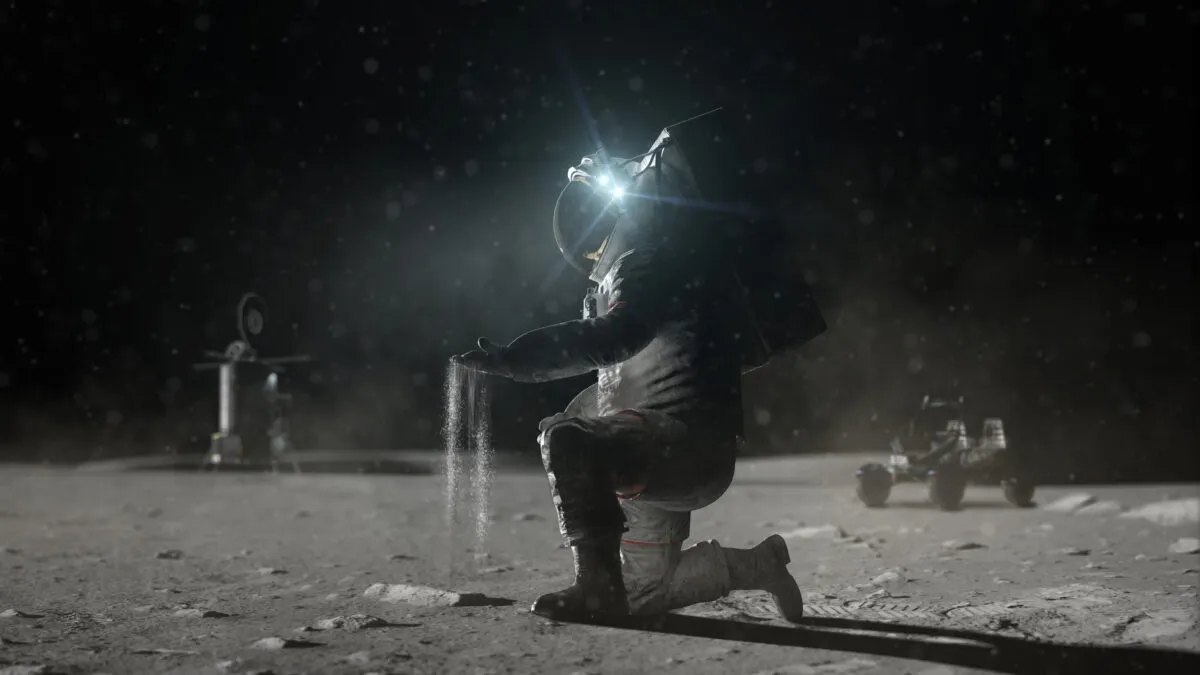
Artemis I will stay at the Moon for several weeks – far longer than any planned lunar missions – to fully test all they systems on board Orion.
Artemis I does not have any humans onboard, but it does have, two female-bodied model torsos – called Zohar and Helga – that will test the effects of deep-space radiation on women for the first time.
Meanwhile a full male-bodied manikin, Commander Moonikin Campos – is testing the vibration dampening system for the astronaut seats.
There will also be a fourth ‘astronaut’ onboard, hailing from the UK – a Shaun the Sheep doll (hopefully he remembered to bring the crackers).
Will Artemis I return to Earth?
Once it’s done in lunar orbit, Artemis I will take another week to return to Earth to test the spacecraft’s landing system.
Upon re-entering the atmosphere Artemis I will be travelling around 40,000km/h.
First, it will use aerobraking to slow down, heating the protective heat shield to 2,800ºC.

When it is 7.6km above the Pacific Ocean, its 11 parachutes will deploy in sequence, slowing it to just 32km/h by the time it splashes down just off the coast of San Diego, where a ship will be waiting to recover it.
The mission will last between 42 days, during which time it will travel 2.1 million kilometres.
What missions will follow Artemis I?
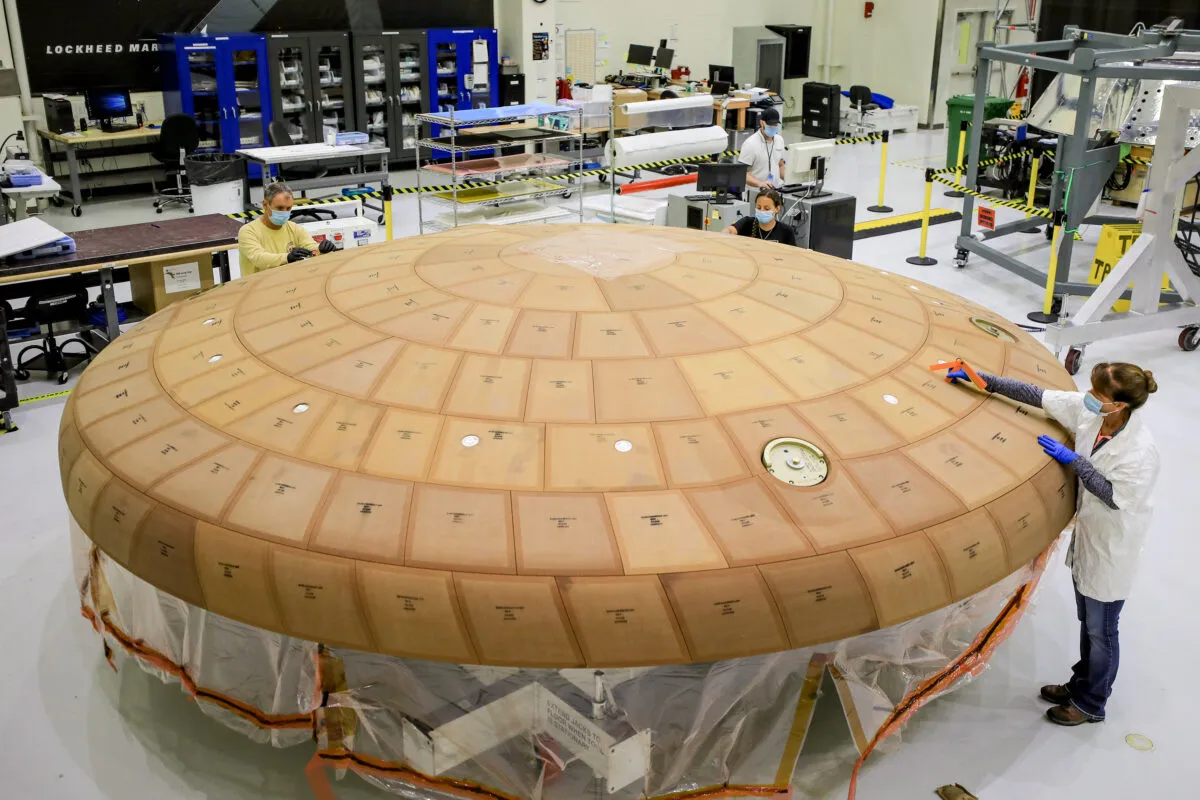
If Artemis I is successful, then it will set the stage for Artemis II in 2024, the first crewed flight to the Moon since 1972.
The mission will take a crew of four on a much shorter trip around the Moon that won’t even enter lunar orbit.
Instead it will spend just 10 days flying to and around the Moon before coming straight back to Earth.
Once this has been successful, it will finally be time for the landing mission, Artemis III in 2025.
This will also carry the human landing system, currently being developed by Space X, that will carry two crew members to the lunar surface.
Neither mission has announced their crew yet, but a team of 18 NASA astronauts has already been selected for the Artemis Team.
Alongside these will be several astronauts from the Canadian Space Agency, Japanese Aerospace Exploration Agency and European Space Agency – whose active astronauts include the UK’s own Tim Peake.
What we do know is that at least one of the moon walkers on Artemis III will be a woman, and either this or a future mission will also include the first person of colour to walk on the Moon.
